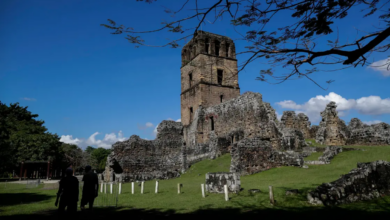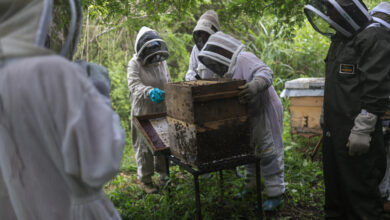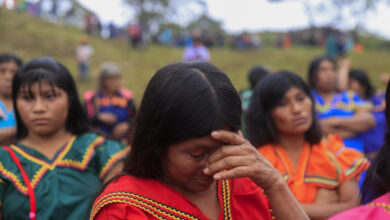Panama Shuts the Darién—and the Silence Leaves Villages Reeling
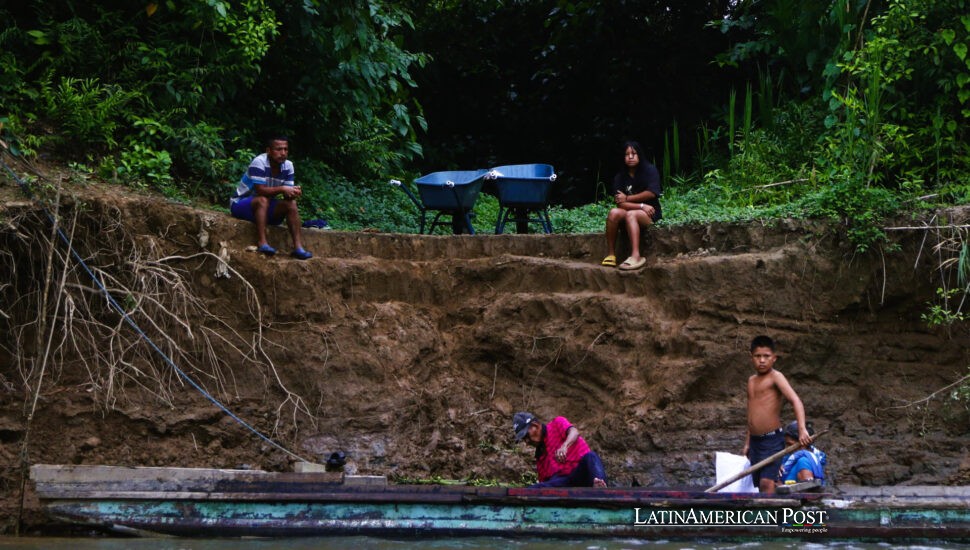
A year after the Darién Gap echoed with the paddles of migrant canoes, the jungle is quiet. President José Raúl Mulino’s hard-liner strategy has throttled crossings, but in river towns like Bajo Chiquito, the aftermath feels like a ghost has passed.
From Surge to Standstill in a Season
When José Raúl Mulino was sworn in as Panama’s president on July 1, 2024, the Darién Gap had just seen more than 500,000 migrants cross its swamps and hills in a single year, shattering all previous records.
His first move was blunt and calculated: seal the corridor.
A long-delayed memorandum with the United States was finally put into motion. Washington wired $6 million to fund repatriation flights, and Panama began chartering planes out. EFE documented the first: thirty Colombians flown to Medellín on August 20. Within months, the numbers stacked up—53 flights, returning 2,346 people to Colombia, Ecuador, and India.
In raw figures, it was a drop in the bucket. But the optics were everything.
Add in razor wire fencing on lesser-known jungle paths, and something shifted. “The fear of deportation spread faster than our patrols,” a Panamanian immigration officer told EFE during a spot-check last fall that separated a Colombian man from his Venezuelan partner.
By June 2025, the number of crossings had dropped to ten for the entire month. Mulino called it “mission accomplished.” But for the villages that had become waystations, the change hit harder than anyone imagined.
When U.S. Policy Reverberates South
Migration experts say deportation alone rarely stops desperate people. But in this case, the tipping point came from farther north.
After Donald Trump’s re-election, the U.S. canceled CBP-One, the phone app that allowed tens of thousands of asylum seekers in Mexico to schedule legal entry. Suddenly, the Darién didn’t look like a path forward. It looked like a dead end.
Official Panamanian data told the story: 2,927 crossings in January. By June, just ten. It wasn’t a trickle. It was a cliff.
Luis Brenes, a historian at the University of Costa Rica, stated that even Spain’s militarization of the Strait of Gibraltar in 2005 didn’t slow migration this rapidly. “This was a reversal in one quarter,” he said. “It’s almost without precedent.”
Mulino touted the result as proof that tough policy—not border walls—can shut down irregular routes. But beneath the political headlines, the quiet was unsettling.
River Villages Count What’s Lost
Nowhere feels the shift more deeply than Bajo Chiquito, an Emberá village that used to mark the end of the jungle crossing.
Getting there still requires hours upriver by canoe. But these days, the only passengers are fishermen, not migrants.
Omar Cansarí, who once launched 100 boats a day, earning $25 per head, now motors upstream with empty boats. “We live off cassava fields now,” he told EFE, “and the few fish the river gives.”
When traffic was booming, families bought solar panels, stocked school supplies, and built new homes. Now, researchers from the Inter-American Dialogue say local cash income has dropped by 78 percent. The UN-run Lajas Blancas camp, which had served as a staging ground for medical care and food, closed in May.
Kids now play soccer in lanes once jammed with exhausted travelers. The quiet is welcome. But it comes at a cost.
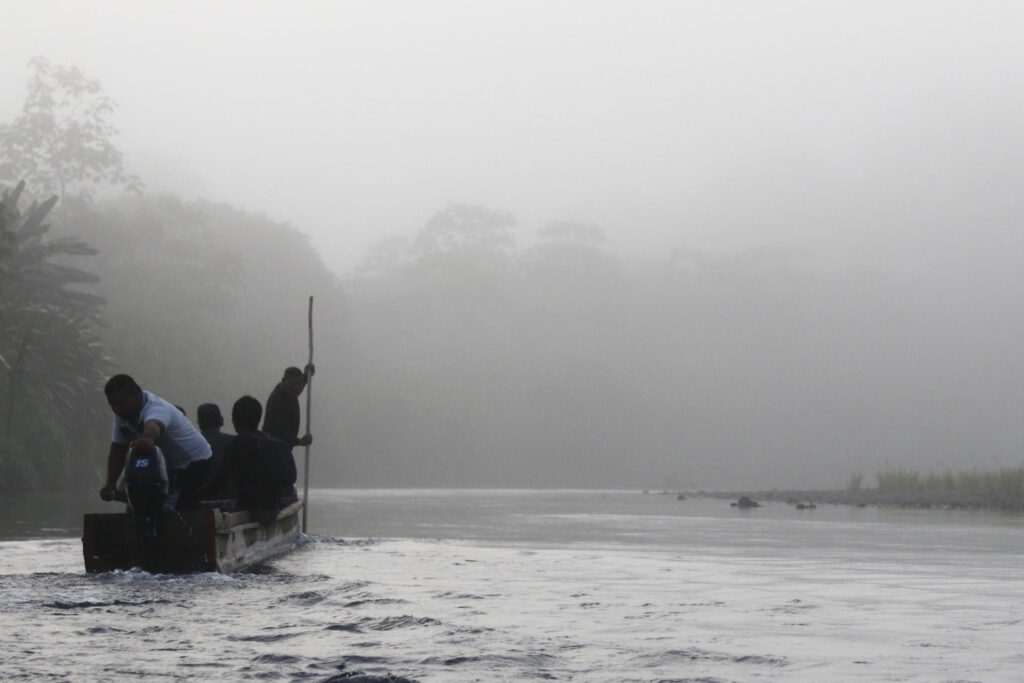
What Remains After the Tide Turns
Upstream, the jungle still whispers remnants of the migration wave: shredded backpacks, abandoned flip-flops, blue plastic bags tied to branches.
For biologist Ana Madrigal, the silence offers something else: a chance to study how the forest heals. Smithsonian drone surveys show crushed underbrush sprouting new Ceiba saplings. But the polypropylene trash? That’ll stay for decades.
Even now, the Darién isn’t truly closed. A few Ecuadorian migrants slipped through this month, dodging new barriers. The San Vicente transit center remains open, but EFE found it deserted. Phone kiosks are idle. Playgrounds silent. Columns still tagged with graffiti: Libertá. Panamá prisión.
Mulino sees the calm as success. Critics see fragility.
María Teresa Ortiz, a political scientist, warns that another economic collapse in Venezuela, or a shift in U.S. policy, could restart the flow. And José Miguel Vivanco, former Americas director at Human Rights Watch, notes that the airlifted returns excluded Venezuelans—Panama and Caracas don’t have a deportation agreement.
“You can’t call a corridor shut,” he said, “when half its former users still live undocumented in Panama.”
Looking Ahead, One Canoe at a Time
Downriver, the Tuquesa River flows past sandbars that no one’s dredged in months.
Locals discuss pivoting to eco-tourism, featuring bird-watching, Emberá crafts, and cultural homestays. Anthropologist Julieta Suarez believes the model could be effective. In Colombia, similar programs have tripled the incomes of families.
But funding is scarce. Faith in government promises? Even scarcer.
On a hot afternoon, Cansarí pushes his canoe into the current, not with passengers, but with empty coolers and hope. He’s making a supply run. No one is sure when the next dollar will arrive.
Officially, Darién is closed. The boats have stopped. The camps are silent.
However, anyone who has studied migration knows: it never truly ends. It shifts, it pauses, it waits—for another tide, another policy change, another family willing to take the risk.
Also Read: Panama Beach Stalls Migrants Making U-Turn to South America
For Panama’s river towns, the quiet is not peace. It’s a space in between—a fragile breath before the next wave comes.


